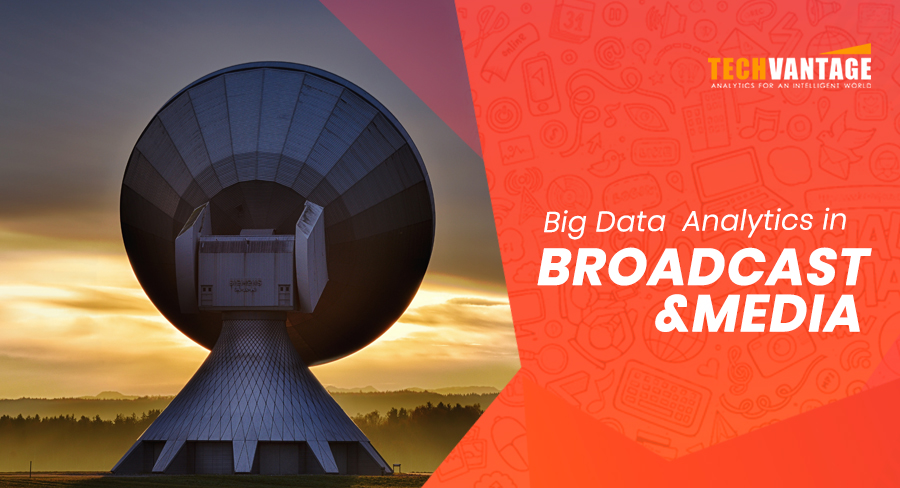
Here is how the latest technologies drive innovation, disruption and growth opportunities in the media industry. The problem facing by the media and broadcasters is producing content that attracts the audience, by providing them with value. Digital content effectively gives the audience the ability to produce their own schedules by choosing what they want to read, watch or listen next.
The digital environments in which modern media companies operate are ideally situated to take advantage of the growing use of Big Data technology. Now some of the largest media organizations are generating and collecting ever-increasing amount of data such as insights from digital channels, viewership data, demographic data, social media data etc. These organizations uses these data to create tailor output to their audiences. From the big data insights media companies are able to understand when customers are most likely to view content and what devices will be used for the same. Also Facial recognition technology can also be used to gauge audience's responses to TV programming during the trials from the reaction of the viewers.
- * Understanding what audiences wish to watch or listen
- * Increasing customer retention by providing what attracts them more
- * Content scheduling across various platforms
- * Effective Ad targeting by understanding customer preferences
However Big Data is something like a boon for the media and Entertainment industry. With the rapidly increasing digital consumers, media and broadcasters can leverage their big data assets for more customer engagement. Techvantage help enterprises to transform their media platforms to deliver more personalised content to their audiences.
Write to info@techvantagesystems.com for any Big data based solutions in Media and Entertainment industry.